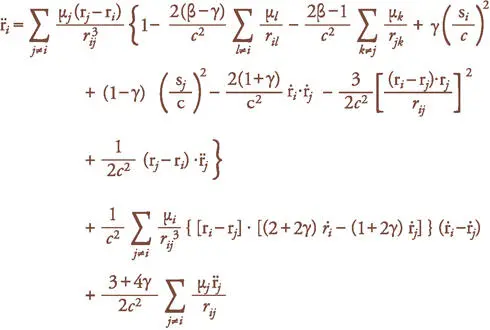
An equation for calculating the acceleration of mass i under the influence of gravity, according to the Theory of Relativity. When most laypeople see such an equation, they usually panic and freeze, like a deer caught in the headlights of a speeding vehicle. The reaction is quite natural, and does not betray a lack of intelligence or curiosity. With rare exceptions, human brains are simply incapable of thinking through concepts like relativity and quantum mechanics. Physicists nevertheless manage to do so, because they set aside the traditional human way of thinking, and learn to think anew with the help of external data-processing systems. Crucial parts of their thought process take place not in the head, but inside computers or on classroom blackboards.
More recently, mathematical script has given rise to an even more revolutionary writing system, a computerised binary script consisting of only two signs: 0 and 1. The words I am now typing on my keyboard are written within my computer by different combinations of 0 and 1.
Writing was born as the maidservant of human consciousness, but is increasingly becoming its master. Our computers have trouble understanding how Homo sapiens talks, feels and dreams. So we are teaching Homo sapiens to talk, feel and dream in the language of numbers, which can be understood by computers.
And this is not the end of the story. The field of artificial intelligence is seeking to create a new kind of intelligence based solely on the binary script of computers. Science-fiction movies such as The Matrix and The Terminator tell of a day when the binary script throws off the yoke of humanity. When humans try to regain control of the rebellious script, it responds by attempting to wipe out the human race.
* Even after Akkadian became the spoken language, Sumerian remained the language of administration and thus the language recorded with writing. Aspiring scribes thus had to speak Sumerian.
8
There is No Justice in History
UNDERSTANDING HUMAN HISTORY IN THE millennia following the Agricultural Revolution boils down to a single question: how did humans organise themselves in mass-cooperation networks, when they lacked the biological instincts necessary to sustain such networks? The short answer is that humans created imagined orders and devised scripts. These two inventions filled the gaps left by our biological inheritance.
However, the appearance of these networks was, for many, a dubious blessing. The imagined orders sustaining these networks were neither neutral nor fair. They divided people into make-believe groups, arranged in a hierarchy. The upper levels enjoyed privileges and power, while the lower ones suffered from discrimination and oppression. Hammurabi’s Code, for example, established a pecking order of superiors, commoners and slaves. Superiors got all the good things in life. Commoners got what was left. Slaves got a beating if they complained.
Despite its proclamation of the equality of all men, the imagined order established by the Americans in 1776 also established a hierarchy. It created a hierarchy between men, who benefited from it, and women, whom it left disempowered. It created a hierarchy between whites, who enjoyed liberty, and blacks and American Indians, who were considered humans of a lesser type and therefore did not share in the equal rights of men. Many of those who signed the Declaration of Independence were slaveholders. They did not release their slaves upon signing the Declaration, nor did they consider themselves hypocrites. In their view, the rights of men had little to do with Negroes.
The American order also consecrated the hierarchy between rich and poor. Most Americans at that time had little problem with the inequality caused by wealthy parents passing their money and businesses on to their children. In their view, equality meant simply that the same laws applied to rich and poor. It had nothing to do with unemployment benefits, integrated education or health insurance. Liberty, too, carried very different connotations than it does today. In 1776, it did not mean that the disempowered (certainly not blacks or Indians or, God forbid, women) could gain and exercise power. It meant simply that the state could not, except in unusual circumstances, confiscate a citizen’s private property or tell him what to do with it. The American order thereby upheld the hierarchy of wealth, which some thought was mandated by God and others viewed as representing the immutable laws of nature. Nature, it was claimed, rewarded merit with wealth while penalising indolence.
All the above-mentioned distinctions – between free persons and slaves, between whites and blacks, between rich and poor – are rooted in fictions. (The hierarchy of men and women will be discussed later.) Yet it is an iron rule of history that every imagined hierarchy disavows its fictional origins and claims to be natural and inevitable. For instance, many people who have viewed the hierarchy of free persons and slaves as natural and correct have argued that slavery is not a human invention. Hammurabi saw it as ordained by the gods. Aristotle argued that slaves have a ‘slavish nature’ whereas free people have a ‘free nature’. Their status in society is merely a reflection of their innate nature.
Ask white supremacists about the racial hierarchy, and you are in for a pseudoscientific lecture concerning the biological differences between the races. You are likely to be told that there is something in Caucasian blood or genes that makes whites naturally more intelligent, moral and hardworking. Ask a diehard capitalist about the hierarchy of wealth, and you are likely to hear that it is the inevitable outcome of objective differences in abilities. The rich have more money, in this view, because they are more capable and diligent. No one should be bothered, then, if the wealthy get better health care, better education and better nutrition. The rich richly deserve every perk they enjoy.
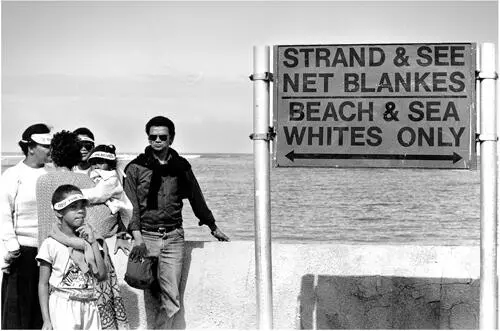
21. A sign on a South African beach from the period of apartheid, restricting its usage to whites’ only. People with lighter skin colour are typically more in danger of sunburn than people with darker skin. Yet there was no biological logic behind the division of South African beaches. Beaches reserved for people with lighter skin were not characterised by lower levels of ultraviolet radiation.
Hindus who adhere to the caste system believe that cosmic forces have made one caste superior to another. According to a famous Hindu creation myth, the gods fashioned the world out of the body of a primeval being, the Purusa. The sun was created from the Purusa’s eye, the moon from the Purusa’s brain, the Brahmins (priests) from its mouth, the Kshatriyas (warriors) from its arms, the Vaishyas (peasants and merchants) from its thighs, and the Shudras (servants) from its legs. Accept this explanation and the sociopolitical differences between Brahmins and Shudras are as natural and eternal as the differences between the sun and the moon. 1The ancient Chinese believed that when the goddess Nü Wa created humans from earth, she kneaded aristocrats from fine yellow soil, whereas commoners were formed from brown mud. 2
Yet, to the best of our understanding, these hierarchies are all the product of human imagination. Brahmins and Shudras were not really created by the gods from different body parts of a primeval being. Instead, the distinction between the two castes was created by laws and norms invented by humans in northern India about 3,000 years ago. Contrary to Aristotle, there is no known biological difference between slaves and free people. Human laws and norms have turned some people into slaves and others into masters. Between blacks and whites there are some objective biological differences, such as skin colour and hair type, but there is no evidence that the differences extend to intelligence or morality.
Читать дальше
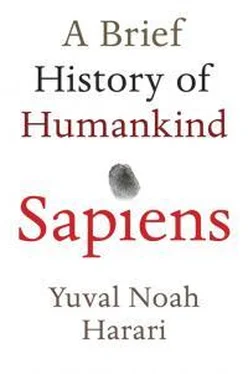




![Юваль Ной Харари - Sapiens. Краткая история человечества [litres]](/books/34310/yuval-noj-harari-sapiens-kratkaya-istoriya-cheloveche-thumb.webp)
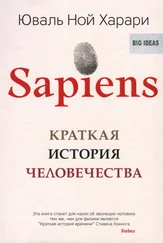


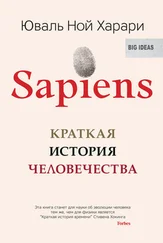

![Юваль Ной Харари - 21 урок для XXI века [Версия с комментированными отличиями перевода]](/books/412481/yuval-noj-harari-21-urok-dlya-xxi-veka-versiya-s-ko-thumb.webp)


